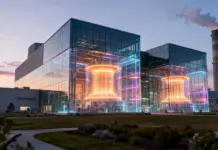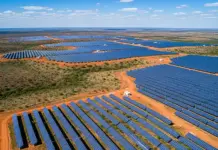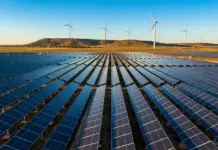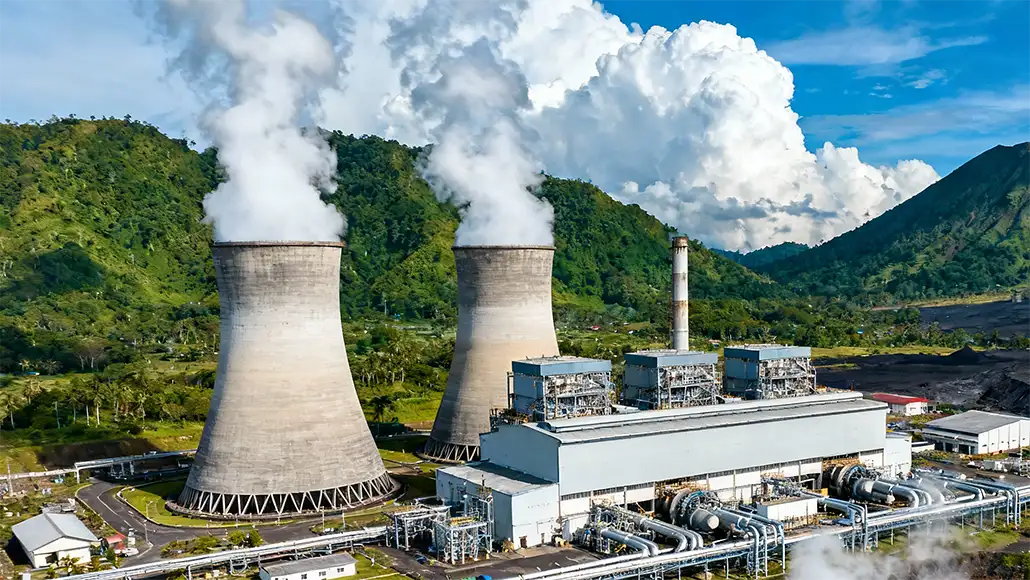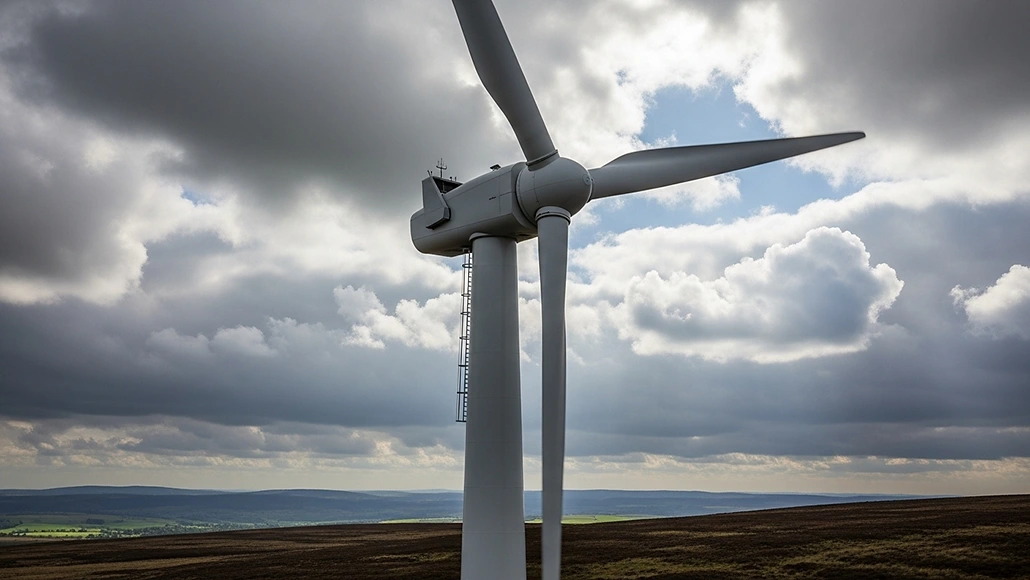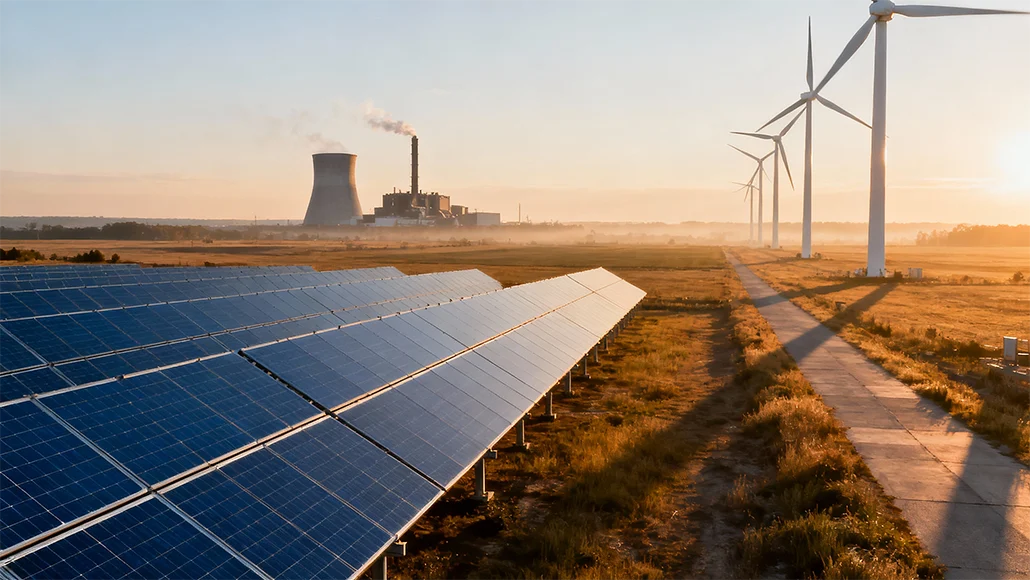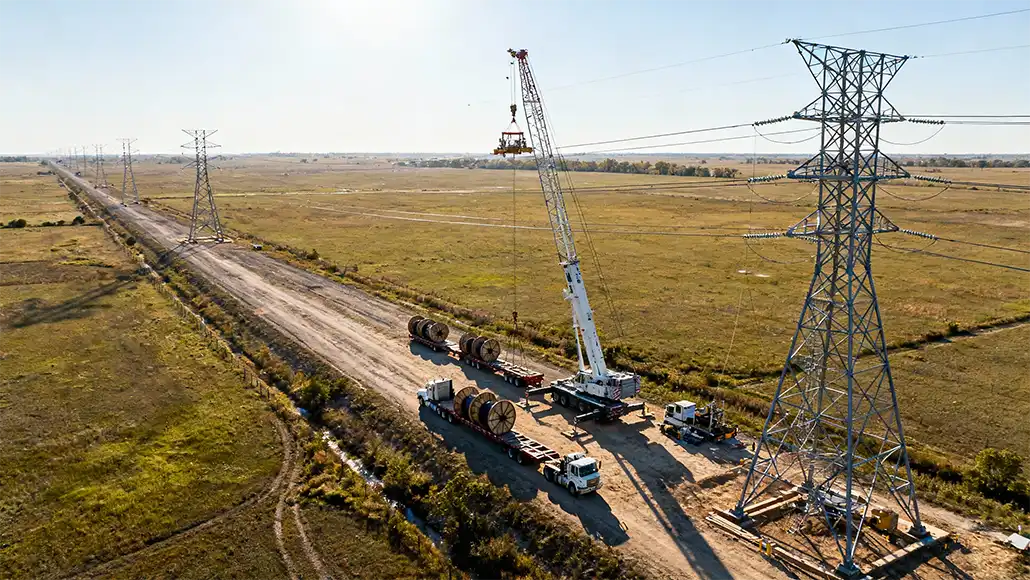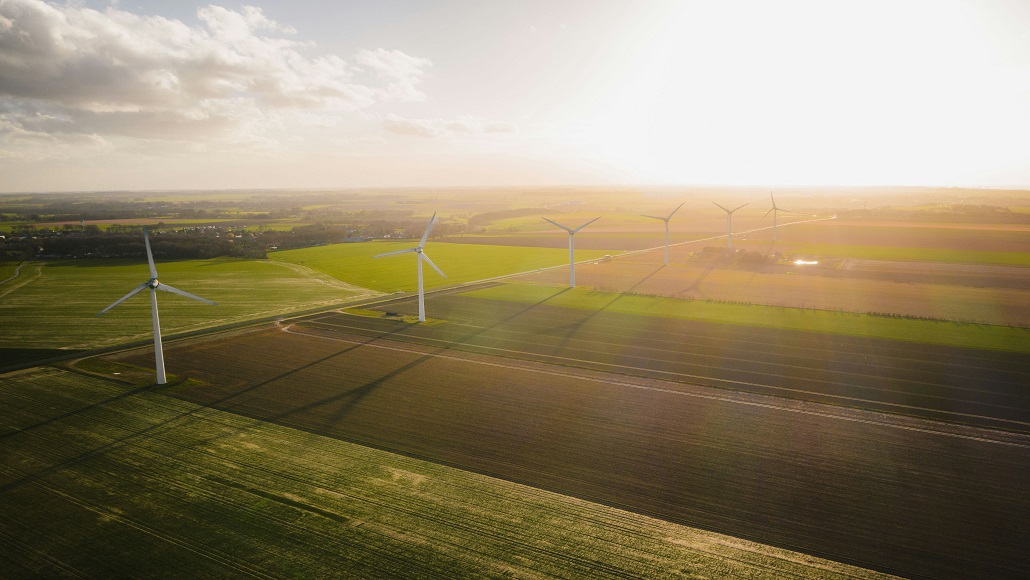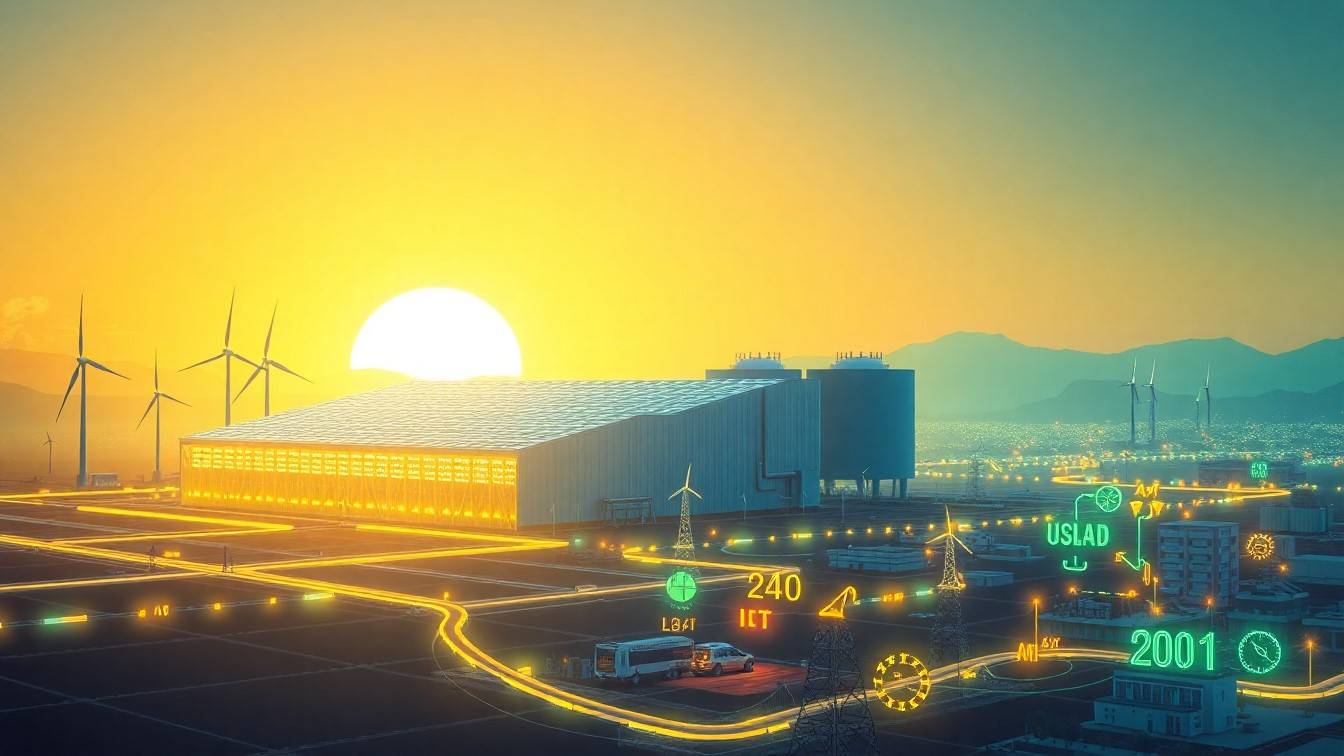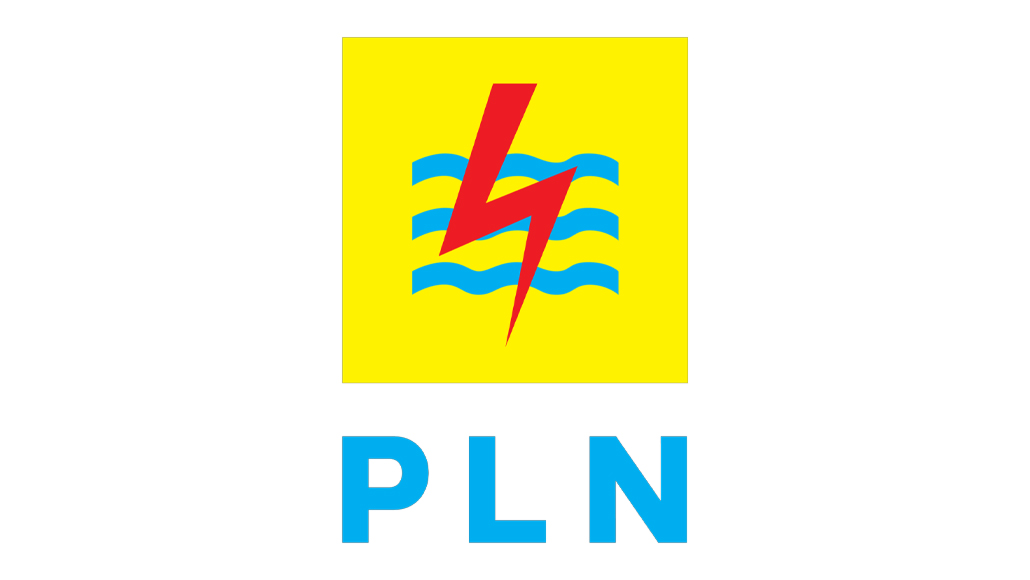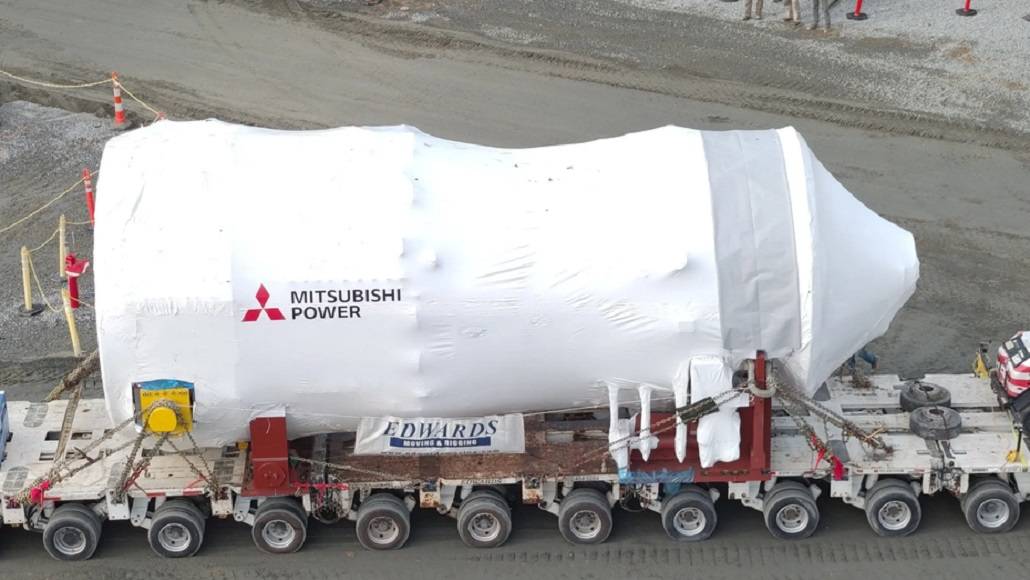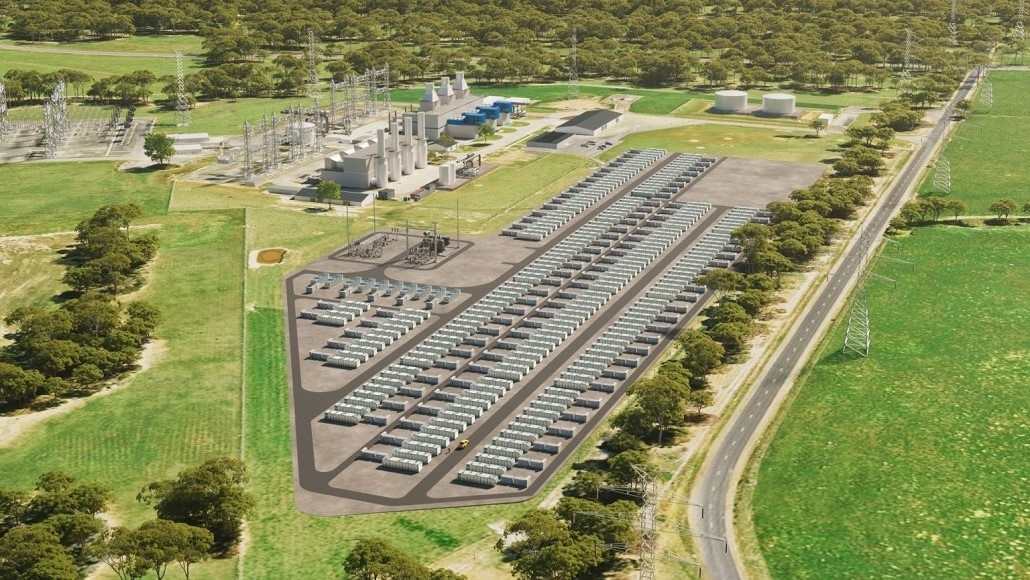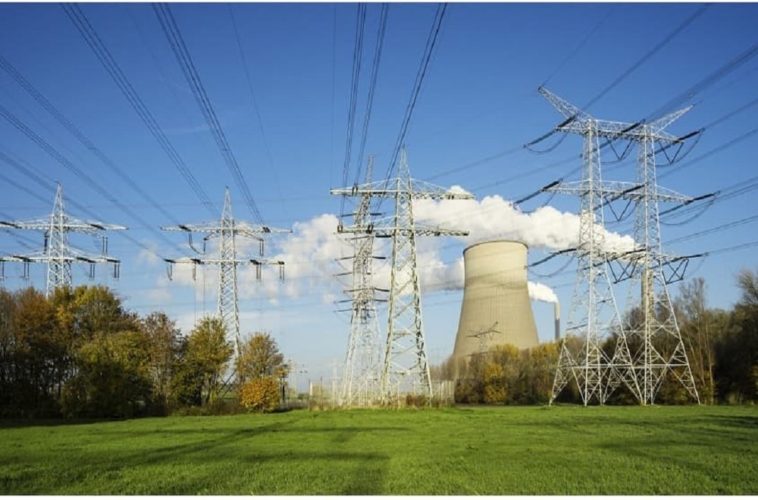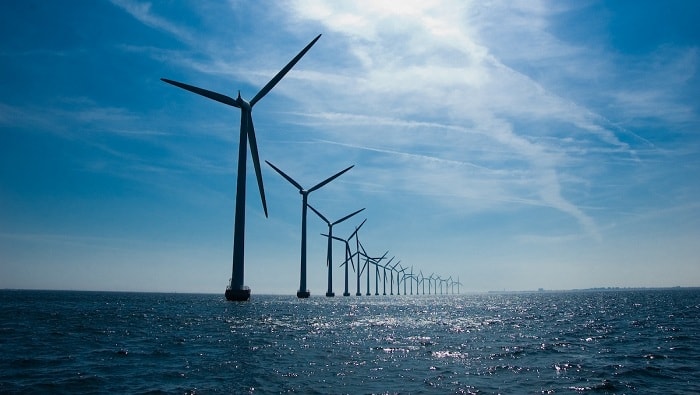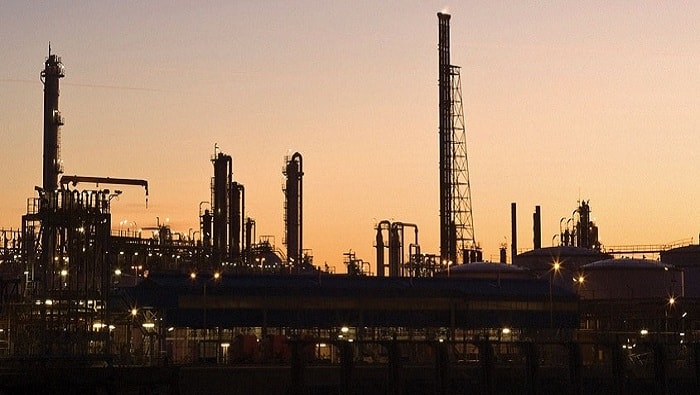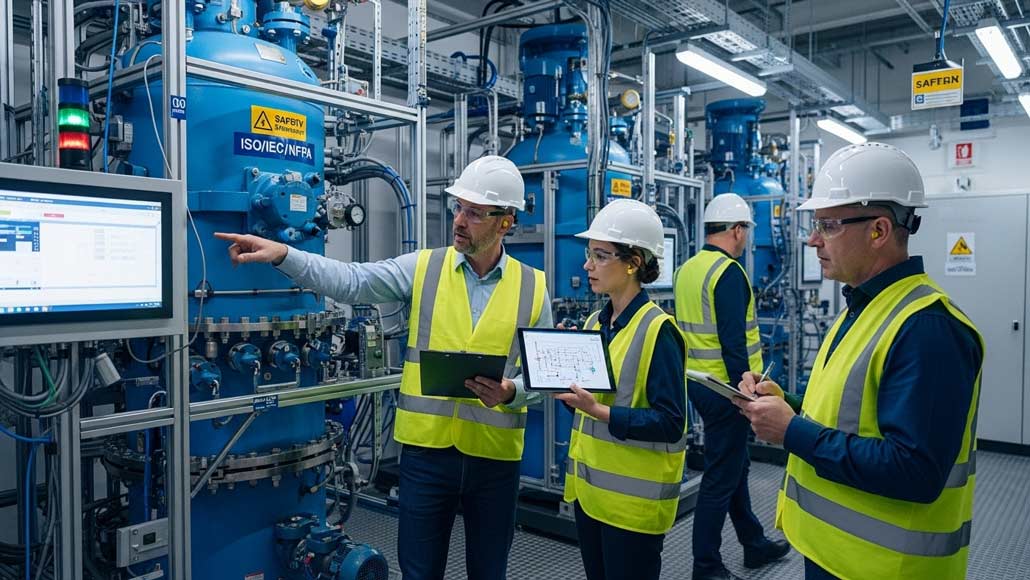As hydrogen progressively goes on to emerge from being a niche application into mainstream power generation, making sure of its safe handling, utilization, and storage has become all the more paramount. The versatility of hydrogen as a clean energy carrier is undeniable; however, its inherent properties, like high inflammability, wide range of flammability, and also low ignition energy, all require strict safety protocols. For power companies that are contemplating hydrogen integration into their energy standards, adherence to established safety benchmarks for hydrogen safety and comprehensive regulatory frameworks are not just the compliance requirements; they are vital in terms of safeguarding their personnel, infrastructure, and also the environment.
The worldwide landscape of hydrogen safety regulations
As hydrogen adoption speeds up across the world, establishing continuous safety benchmarks is critical in order to foster the confidence of the industry, streamline the development of projects, and also make sure of environmental as well as personnel safety. International organizations like the International Organization for Standardization (ISO) as well as the International Electrotechnical Commission (IEC) have all taken leading roles when it comes to developing comprehensive safety frameworks, which go on to serve as a backbone for national regulations along with industry best practices.
– ISO benchmarks for hydrogen safety
It is well to be noted that the ISO benchmarks offer globally recognized guidelines that cover the overall hydrogen value chain – right from production and storage to transportation as well as utilization. Among these, benchmarks for hydrogen safety as well as handling goes on to offer foundational principles that represent the management systems, assessment of risk, and engineering controls. As safety concerns rise with scale-up, adoption of these benchmarks is consistently incorporated within the regional regulations.
– The IEC technical specifications
IEC standards happen to focus on safety within fuel cell systems and hydrogen refilling stations as well as infrastructure components. These specifications have in them the safety design principles and electrical safety as well as testing procedures by emphasizing firefighter safety, detection of leaks, and emergency shutdown systems.
– Emerging standardization leadership
Beyond the ISO and IEC, regional bodies like the European Committee for Standardization (CEN) have introduced certain harmonized standards that sync with the international benchmarks by ensuring a cohesive safety framework across borders. These benchmarks inform regulatory compliance, help with international project rollout, and also promote consumer as well as stakeholder confidence.
– National standards as well as regulatory frameworks
While national standards happen to set the fundamental safety principles, each country goes on to develop its own regulatory framework, thereby reflecting the local infrastructure, the hazard profiles, and also the priority of policies. For power companies, understanding such differences and making sure that compliance is ensured is critical before rolling out hydrogen-based power plants.
It is well to be noted that in the United States, agencies like the Occupational Safety and Health Administration (OSHA) as well as the Department of Transportation (DOT) have issued safety codes that focus on risk mitigation, prevention of accidents, and also incident response within the hydrogen facilities. The US National Fire Protection Association—NFPA also offers certain important benchmarks, which address handling, storage, and even functional safety practices. In Europe, the European Union’s regulatory landscape stresses safety certification, along with environmental safeguards pertaining to chemical safety and European hydrogen strategy. Countries such as the United Kingdom and Germany have gone on to develop detailed national standards that are harmonized with ESR – European safety regulations.
Asia-Pacific countries, such as Japan and South Korea, stress safety within the hydrogen infrastructure development, which is given by their aggressive national hydrogen plans. These benchmarks incorporate strict testing, facility licensing, and functional protocols.
Safety best practices when it comes to power plants using hydrogen
The safe operations when it comes to hydrogen power plants demands adherence to strict safety protocols, mitigation of risks, and technology rollout standards. This happens to involve a multilayered approach, which has operational controls, design, personnel training, and emergency preparedness.
Apparently, the design practices begin with Hazard Identification and Risk Assessment (HIRA), which lays the base for executing safety barriers, systems related to leak detection, and emergency shutdown mechanisms. Hydrogen-specific safety protocols happen to include consistent gas detection and explosion-proof electrical equipment, along with venting systems that are designed in order to safeguard the accumulation of leaks within the confined spaces.
Notably, the operational strategies stress regular maintenance, real-time tracking, and automation. Advanced control systems make use of sensors, algorithms, and also AI in order to detect anomalies like leaks or pressure deviations in a rapid way. Automating the critical safety functions, such as isolation valves along with emergency shutdown, reduces human error and also makes sure of fast response to the hazards.
Interestingly, personnel training remains quite vital. Safe handling and transfer procedures along with emergency response Drills must be a practice and should be supported by comprehensive training programs along with safety signage.
Emergency preparedness happens to involve intricate planning, defining evacuation routes, measures pertaining to spill containment, and also coordination with certain emergency services. Stimulated drills also complement these plans by making sure of readiness for potential incidents.
Materials compatibility along with infrastructure considerations
The small molecular size of hydrogen and high diffusivity challenge material selection within plant construction.
Embrittlement of hydrogen, the phenomenon where materials become brittle as well as fractures take place, is a very crucial concern that affects the pipelines, storage tanks, and even valves.
Materials like stainless steel, composites, and specific alloys are preferred due to their resistance to embrittlement as well as corrosion. Regular testing and adherence to standards such as ISO 11114 enable ensuring durability over the plant lifespan.
Moreover, all the components, which include the likes of seals, gaskets, and coatings, have to be compatible with hydrogen environments. Executing rigorous maintenance, along with inspection schedules, lessens the degradation risk, thereby preserving safety and operational integrity.
Codes along with standards go on to recommend specifics for material selection and installation practices along with inspection intervals by making sure that the resilience of the infrastructure against unique properties of hydrogen is maintained.
Safety tracking technologies along with innovation
Integrating advanced safety tracking solutions elevates the detection as well as containment of hazards. Technologies like infrared imaging, acoustic sensors, and laser spectroscopy consistently track the leaks as well as structural integrity in real time.
Interestingly, the digital twin models simulate the plant behavior through various conditions by helping predictive maintenance along with hazard prevention. IOT sensors, which are empowered by artificial intelligence, help in fast analysis as well as response, thereby reducing the risk in terms of accidents and helping with compliance along with safety benchmarks.
In addition to this, the recent developments within cyber-physical security make sure that safety systems get safeguarded against sabotage, hacking, and operational disruptions. These innovations are indeed shaping the future of hydrogen safety, thereby making facilities much safer, smarter, and more resilient.
The path ahead – regulatory revolution along with industry commitment
As hydrogen goes on to become an integral part of the worldwide energy spectrum, regulatory bodies across the globe are continuously upgrading the standards in order to reflect the technological advances as well as emerging risks. Industry leaders are investing pretty heavily when it comes to safety, science, materials research, and functional excellence in order to lessen the hazards and optimize the performance.
It is worth noting that international partnerships remain pretty vital, with harmonizing the safety benchmarks, sharing the best practices, and also establishing certain global certification schemes, which are indeed going to speed up the safe hydrogen rollout. Multinational efforts such as the ISO technical committees, along with IEC standards, are major drivers when it comes to creating a very collaborative safety ecosystem.
And finally, fostering a safety-focused culture within the organizations, which is supported by the training of employees, communication that is transparent, and consistent enhancement, is necessary for realizing the promise of hydrogen to be a safe and dependable energy source.
In the end, making sure of safety as a catalyst for the future of hydrogen
The role of hydrogen in a sustainable energy future is very promising. However, its success completely depends on the heavily rigorous safety standards as well as comprehensive regulation compliances, which need to be followed. Power companies, along with industry stakeholders, must prioritize the design, safety, construction, and operational safeguards by embracing the best industry practices, making utmost use of technological innovations, and also fostering international partnerships.
Setting up safety frameworks, which are resilient, will not just safeguard the personnel and infrastructure but at the same time also build public trust in addition to the market acceptance, which is accelerated. As hydrogen infrastructure scales across the world, consistent evolution of safety benchmarks that are aligned with technological progress is going to be the key to making sure that hydrogen goes on to remain as a catalyst for a clean and safe as well as sustainable future of energy.



